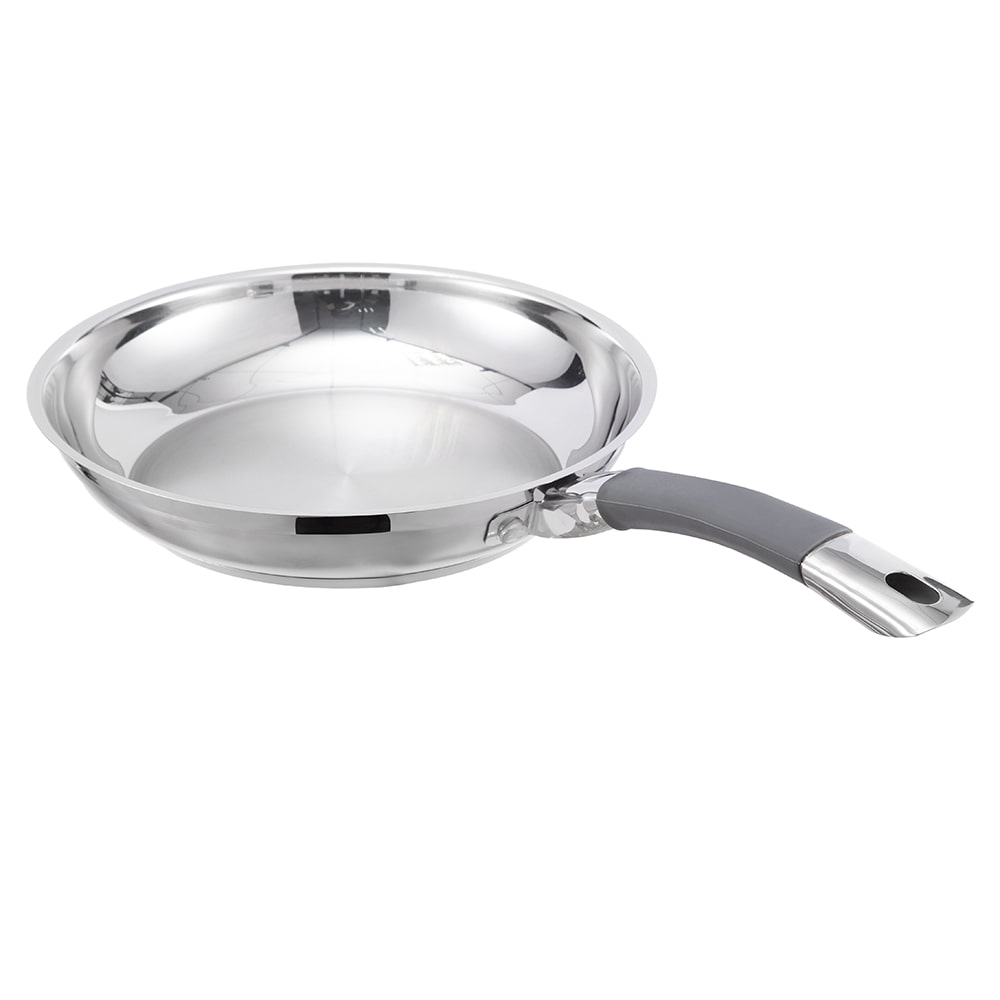In the world of commercial cookware, the non-stick high temperature paint aluminum frying pan without lid represents a significant category, prized for its durability and performance. For wholesalers, buyers, and product developers, understanding what differentiates a superior product from a mediocre one is crucial. While the base material—aluminum—and the non-stick coating itself are often the focus, the transformative step that binds these elements together and unlocks their full potential is the curing process.
The term ‘curing’ is often mentioned in manufacturing specifications, but its profound implications are not always fully appreciated. It is not merely a step for drying the paint; it is a controlled thermal reaction that creates a completely new surface material. A properly cured pan will exhibit superior non-stick durability, scratch resistance, and heat tolerance, directly impacting customer satisfaction and the product’s lifespan. Conversely, an under-cured pan, regardless of the quality of the raw aluminum or paint, will fail prematurely, leading to sticking issues and coating degradation.
Understanding the Components: Aluminum and High-Temperature Paint
Before analyzing the curing process, it is essential to understand the two primary components it unites. A non-stick high temperature paint aluminum frying pan without lid begins with an aluminum body. Aluminum is chosen for its excellent thermal conductivity, which allows for rapid and even heat distribution across the cooking surface. This eliminates hot spots and ensures consistent cooking results, a key requirement in high-volume food preparation settings. The lightweight nature of aluminum also makes it easier for kitchen staff to handle, a significant ergonomic consideration during a busy service.
The second component is the high-temperature paint. This is not a standard decorative paint but a sophisticated coating formulation engineered for cookware applications. It is typically a silicone-based or silicone-enhanced polymer system. These formulations are designed to provide a non-stick surface while withstanding the repeated thermal cycling of stovetop cooking. The paint is suspended in a liquid medium and applied to the meticulously cleaned and prepared aluminum surface via spraying or dipping. In its uncured, liquid state, the paint is fragile and would easily wash off or wear away. It is at this stage that the magic of curing begins, transforming this vulnerable liquid layer into a tough, resilient, and integrated coating. The search terms “durable non-stick coating” and “heat resistant cookware paint” are directly linked to the successful transformation achieved through proper curing.
The Curing Process: A Stage-by-Stage Analysis
The curing of a non-stick high temperature paint aluminum frying pan without lid is a carefully orchestrated thermal procedure. It is not a single event but a sequence of stages, each with a specific purpose, that takes place in a conveyorized curing oven. The precise temperature and time parameters are proprietary and critical to the manufacturer’s quality, but the general stages are consistent across the industry.
Stage One: Solvent Evaporation
After the paint is applied, the pan enters the initial stage of the curing oven. The primary goal here is the gentle evaporation of the solvents and water within the paint. This stage typically occurs at a lower temperature range. If the temperature is too high at this point, the surface of the paint can skin over prematurely, trapping solvents beneath. This can lead to defects such as bubbling, pinholes, or an uneven finish, which compromise the integrity and smoothness of the non-stick surface. A controlled, gradual heating ensures that the liquid carriers are removed evenly, leaving behind a uniform layer of the solid paint resin on the aluminum substrate.
Stage Two: Cross-Linking
Once the solvents are evaporated, the temperature within the oven is ramped up to the peak curing temperature. This is the most critical phase, where the fundamental enhancement of the coating occurs. At this elevated heat, a chemical reaction called cross-linking is initiated. The individual polymer chains within the paint resin, which were previously separate and loosely arranged, begin to form strong, permanent chemical bonds with each other. This creates a vast, three-dimensional network—a thermoset polymer.
To understand this, imagine a pile of loose threads. This represents the uncured paint; it has some structure but can be easily pulled apart. Now, imagine those threads are woven and fused into a single, robust piece of fabric. This represents the cross-linked, cured paint. This network is what gives the coating its remarkable properties. It is no longer a layer of paint that is merely sitting on the aluminum; it has become a new, solid material with a high molecular weight and immense structural integrity. The search term “non-stick coating adhesion” is fundamentally addressed in this stage, as a properly cross-linked coating achieves superior bonding with the underlying metal.
Stage Three: Cooling and Integration
After the designated time at the peak temperature, the non-stick high temperature paint aluminum frying pan without lid exits the oven and enters a controlled cooling zone. Rapid cooling, or quenching, is avoided as it can cause thermal shock, potentially leading to micro-cracks in the new coating or warping of the aluminum body. A gradual cooling period allows the newly formed polymer matrix to stabilize and fully integrate with the aluminum surface. The differences in the thermal expansion coefficients between the metal and the coating are managed during this phase, ensuring the bond remains secure as the product returns to room temperature. At the end of this process, the coating is fully transformed, and the pan is ready for final inspection and packaging.
Key Performance Enhancements from Curing
The curing process is not a mere formality; it is the engine that drives the performance of a non-stick high temperature paint aluminum frying pan without lid. The following enhancements are direct results of the successful cross-linking reaction described above.
Enhanced Adhesion and Durability
The primary and most critical enhancement is the dramatic improvement in the coating’s adhesion to the aluminum substrate. An uncured coating has a weak, primarily physical bond to the metal, which can flake or peel off under mechanical stress. The heat of curing promotes a stronger chemical and mechanical bond. As the polymers cross-link, they anchor themselves into the microscopic pores and texture of the prepared aluminum surface. This creates a coating that is integral to the pan itself. This enhanced adhesion is what provides “scratch resistance” and prevents the coating from delaminating when subjected to the “long-term daily use” expected in a professional environment. It is the key to withstanding the occasional use of metal utensils, though silicone or wooden tools are still recommended for maximizing lifespan.
Superior Thermal Stability and Non-Stick Longevity
A non-stick high temperature paint aluminum frying pan without lid is designed to operate at typical stovetop cooking temperatures. The cross-linked polymer matrix formed during curing has a much higher thermal stability than its uncured predecessor. It will not soften, melt, or degrade at normal cooking temperatures, which is a common failure point for inferior products. This stability ensures that the non-stick properties are not lost over time due to thermal breakdown. The tightly bound network is also less prone to the microscopic cracking that can occur when a pan is cycled between high heat and cooling repeatedly. This directly addresses the buyer’s concern for “thermal shock resistance” and ensures the pan delivers consistent “release performance” throughout its service life.
Improved Mechanical Strength and Chemical Resistance
The cross-linked network inherently possesses greater hardness and toughness. This translates directly to a surface that is more resistant to abrasion from cooking tools and cleaning scrubs. The coating is less likely to be scratched during storage when stacked or during vigorous cleaning, a common issue in a bustling commercial kitchen. Furthermore, the cured surface is more inert and resistant to chemical attack. It is better able to withstand exposure to cooking oils, mild acids from foods, and cleaning detergents without breaking down, losing its non-stick character, or discoloring. This contributes significantly to the product’s overall “ease of cleaning” and “stain resistance,” which are high-priority features for end-users.
Safety and Health Assurance
From a safety perspective, curing is non-negotiable. An improperly cured coating may still contain residual solvents or unreacted chemical components. These contaminants could potentially migrate into food during cooking, posing a health risk and imparting off-flavors. The high temperatures of the curing oven ensure the complete evaporation of solvents and the full reaction of the polymer components. This results in a stable, inert surface that is safe for direct food contact. For buyers concerned with “food safety certification” and “PFOA-free non-stick,” verifying that the manufacturer employs a rigorous and controlled curing process is a fundamental part of the quality assurance protocol.
A Comparison of Coating States
The table below summarizes the dramatic transformation that the curing process imparts on the coating of a non-stick high temperature paint aluminum frying pan without lid.
| Property |
Uncured (Liquid/Powder) State |
Fully Cured State |
Impact on End-User |
| Adhesion to Aluminum |
Weak, physical bond |
Strong, chemical/mechanical bond |
Prevents flaking and peeling; extends pan lifespan. |
| Thermal Stability |
Low; softens or melts easily |
High; withstands typical cooking heats |
Prevents burning and degradation of non-stick layer. |
| Mechanical Hardness |
Soft and easily scratched |
Hard and scratch-resistant |
Maintains appearance and function with daily use. |
| Chemical Structure |
Linear polymer chains |
Dense, cross-linked network |
Provides structural integrity and durability. |
| Food Safety |
Contains volatile solvents |
Inert and stable |
Ensures safe food contact and no off-flavors. |
Conclusion
The journey of a non-stick high temperature paint aluminum frying pan without lid from a collection of raw materials to a high-performance kitchen essential is fundamentally defined by the curing process. It is this controlled application of heat that acts as a catalyst, transforming a fragile layer of paint into a robust, cross-linked polymer coating that is permanently fused to the aluminum body. The enhancements are not superficial; they are intrinsic to the material’s very structure, resulting in unparalleled “adhesion strength,” “thermal resistance,” and “overall durability.”
For wholesalers and buyers in the cookware industry, a deep understanding of this process is a powerful tool. It moves the conversation beyond price and superficial features into the realm of true quality and value. When evaluating a supplier for a non-stick high temperature paint aluminum frying pan without lid, inquiring about their curing protocols—oven type, temperature control, and process duration—can provide critical insight into the longevity and performance of the final product. A well-cured pan is a workhorse that will withstand the demands of a commercial kitchen, leading to higher customer satisfaction and fewer returns. In the competitive landscape of commercial cookware, the value of a perfectly cured pan is, quite literally, baked in.
 No. 1, Jingwei Road, Yangcheng Lake Town, Xiangcheng District, Suzhou City, China
No. 1, Jingwei Road, Yangcheng Lake Town, Xiangcheng District, Suzhou City, China [email protected]
[email protected] +86-13913553688
+86-13913553688
 search
search
 中文简体
中文简体 English
English русский
русский Français
Français Español
Español 日本語
日本語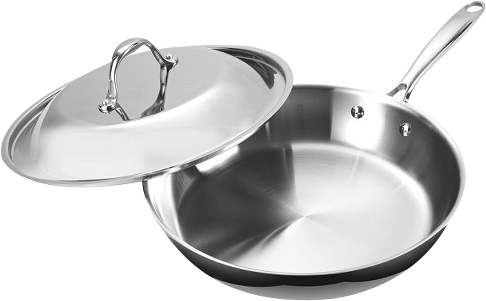

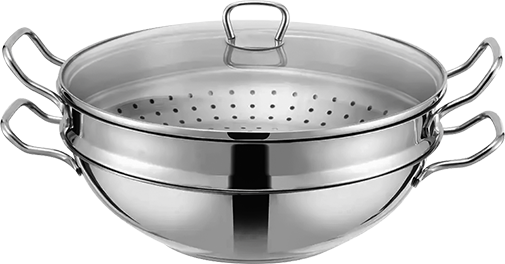

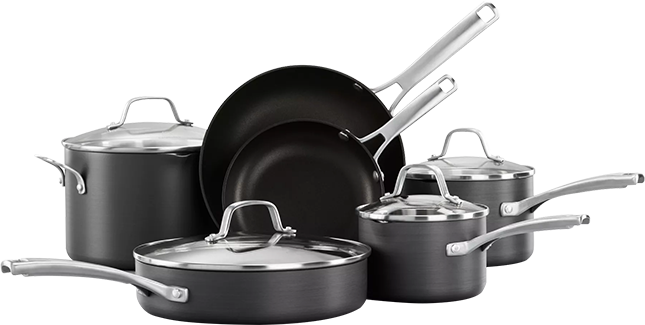


-4.jpg)
-1.jpg)
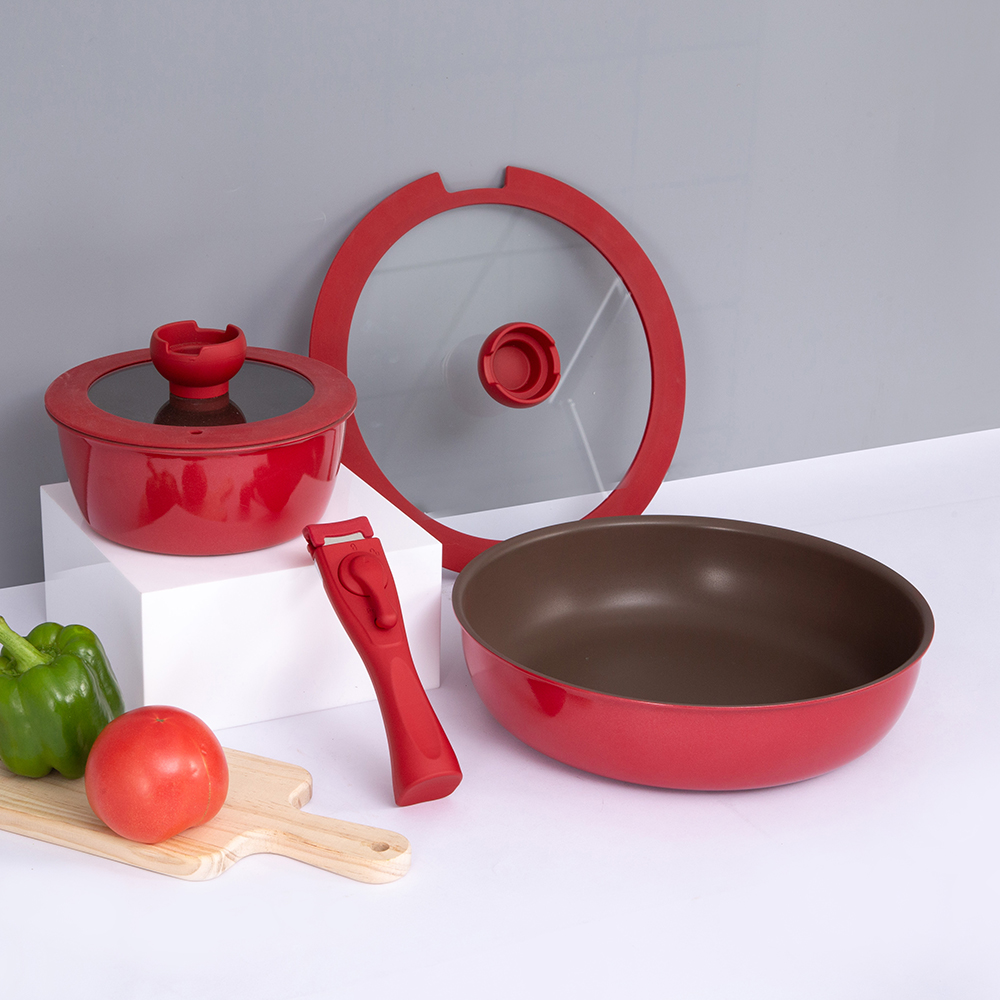
-3.jpg)
-5.jpg)

-3.jpg)
-9.jpg)
-3.jpg)
-14.jpg)
